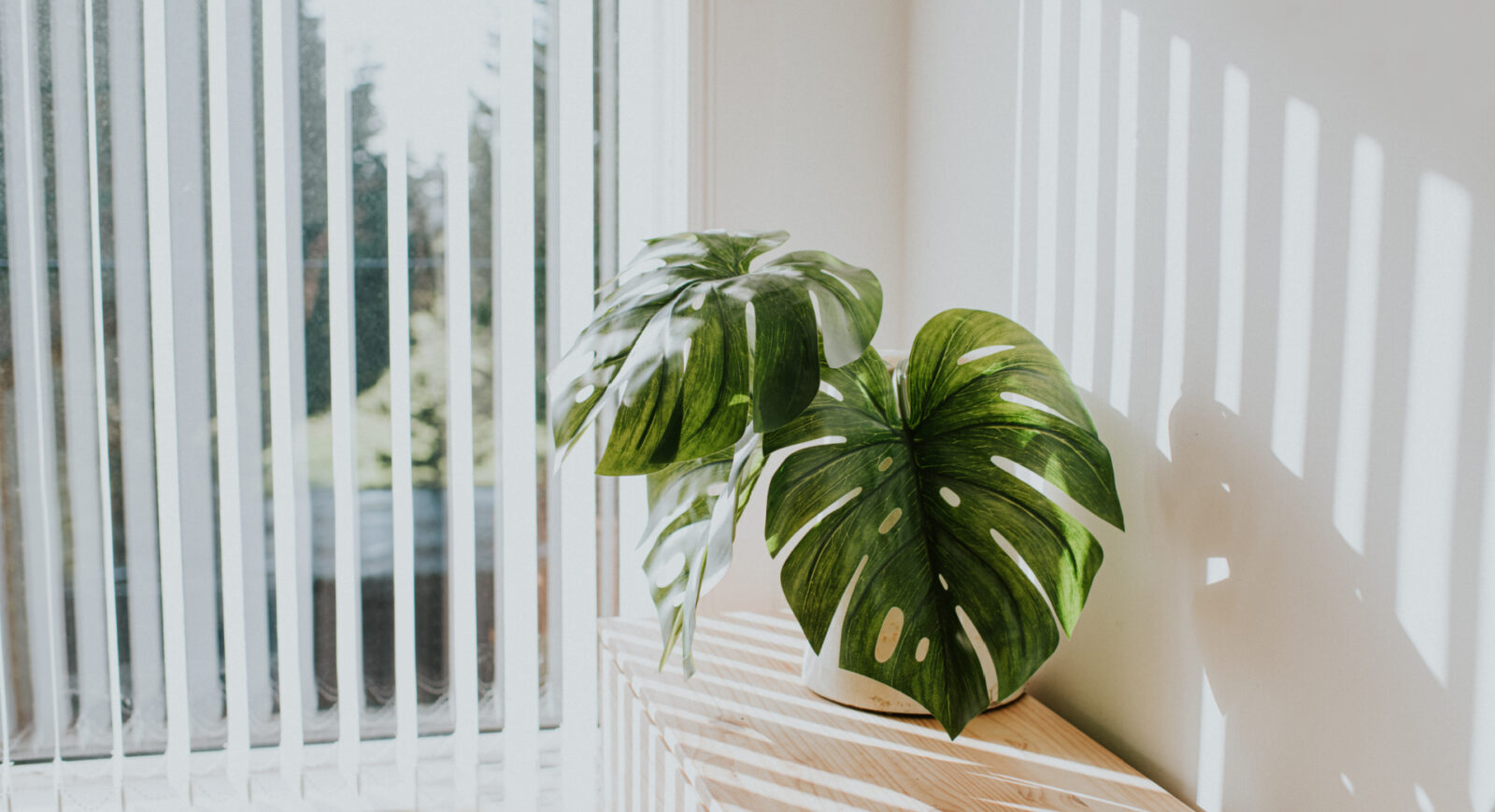
As summer approaches, it brings along scorching heat that can affect us all. However, it’s not just humans who can feel the impact of our country’s harsh summer conditions—our plants, too, can endure hardships if not cared for properly.
Whether it’s an entire outdoor garden or just a few pot plants around the house it’s crucial to give your plants the proper care they need during the warmer months to keep them healthy and alive. Making sure you water your plants at the right time, whether you’re giving them enough shade, or if they’re getting enough sunlight can not always be so straightforward, especially when it comes to varying species of plants. With that in mind and in an effort to alleviate any concerns around your horticultural endeavours, Starts at 60 spoke to the gardening experts to get the best tips on keeping your plants healthy and thriving.
Horticulturist and Co-founder of plant care and lifestyle hub, The Plant Runner, Dominic Hooghuis said “the best thing is probably the most obvious, water” when it comes to what can be done to give plants the best chance of survival.
“The best time to water when it’s hot is in the evening so that there is less water lost to evaporation. On extremely hot days you should be watering every couple of days at least, it’s more beneficial to water deeply than to just wet the surface,” he said.

Leaf an Impression Horticulturist, plant stylist, and presenter Tammy Huynh suggests, “never stick to a watering schedule, always check your plants to see how thirsty they are before giving them a drink”.
“Insert your index finger into the top of the potting mix to a depth of 2.5-5cm. If the mix is moist, leave watering for a few days but if it is dry, then give it a good drink. Some pots are better insulated than others so your plants will not necessarily dry out at the same rate. Ensure you check them all before watering,” she said.
Huynh also suggests that “most ‘indoor plants hail from subtropical-tropical climates, so are quite used to warm conditions” but caution to keep an eye on your plants as the temperatures rise.
“If it becomes too hot, the potting mix may dry out faster and leaves will wilt. Keeping plants well-watered and moving them out of direct light will help reduce heat and moisture stress. For plants growing on balconies, a shade cloth or even an umbrella can help diffuse the light and heat,” she said.
Although everyone may be keen to hit the beach and soak up the summer sun at this time of year, your houseplants are a little more sensitive to the elements and may not benefit from over-exposure to direct sunlight. Hooghuis believes, “house plants should never really be in direct light unless you have a more drought-tolerant species inside”.
“If you’re concerned about your plants’ wellbeing, consider moving them to a spot where they do not receive direct light but still receive plenty of indirect light,” he said.
“Plants can be moved around the house seasonally, a spot that’s perfect for your plant in the winter may be too hot in the summer so consider moving it to suit the conditions. Be aware of placing your plants in the direct way of air conditioning as this can cause burn on your plant’s foliage.”
Huynh highlights that, “direct morning sun is generally fine for most plants” and that indirect light is best for plant health.
“But from midday, especially during a heatwave, it’s a good idea for plants to be out of direct sunlight otherwise they will dry out faster or burn. Most indoor plants thrive in bright, indirect sunlight, so pulling them back from the window or away from the source of direct light will still allow them to grow and thrive,” she said.
“Most spots in a home are suitable for indoor plants. As long as the room has a source of light, then it’s possible for an indoor plant to grow.”

If you’re looking to take a casual approach to your gardening efforts and don’t want to spend your summer afternoons pacing your balcony, monitoring the health of your pot plants then Huynh lists some plant species that are built to stand the harsher conditions.
“Cacti and succulents cope best with dry heat and can better tolerate direct sun. Most ‘indoor plants’, like philodendron, monstera, devil’s ivy, and anthurium are native to subtropical/tropical rainforests, so prefer warm, humid climates. They will all be fine within the home, just don’t forget to water them,” she said.
As we welcome the summer heat, let’s not forget our leafy friends craving a little TLC too. Watering routines and shade-seeking become an art as we navigate the dance of keeping our plants thriving. This season, let’s not just enjoy the sun but embrace our roles as caretakers, ensuring our green companions flourish.
So, as you check soil moisture and find the perfect spot for your indoor green buddies, remember, you’re not just tending to plants—you’re curating a little piece of nature within your home. Here’s to a summer of happy plants and joyful gardening!